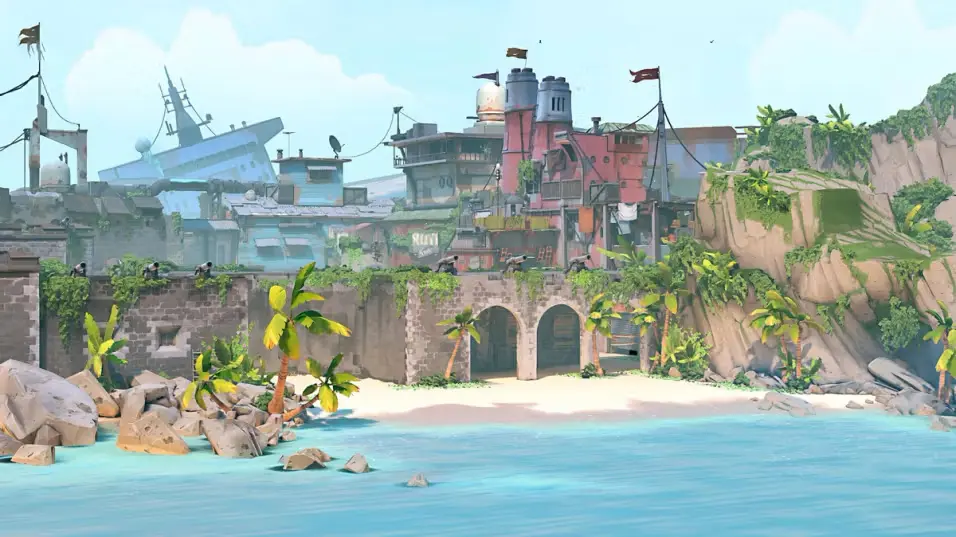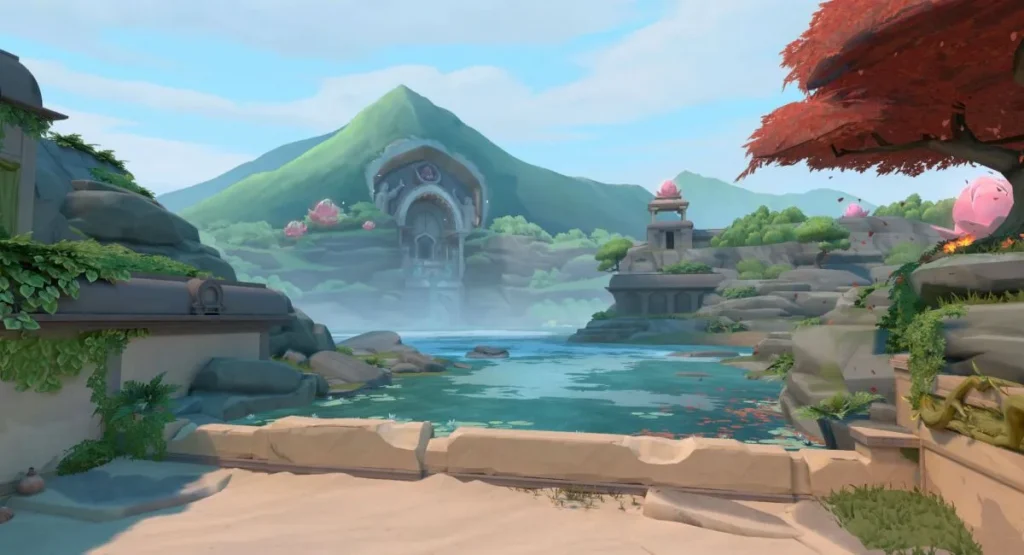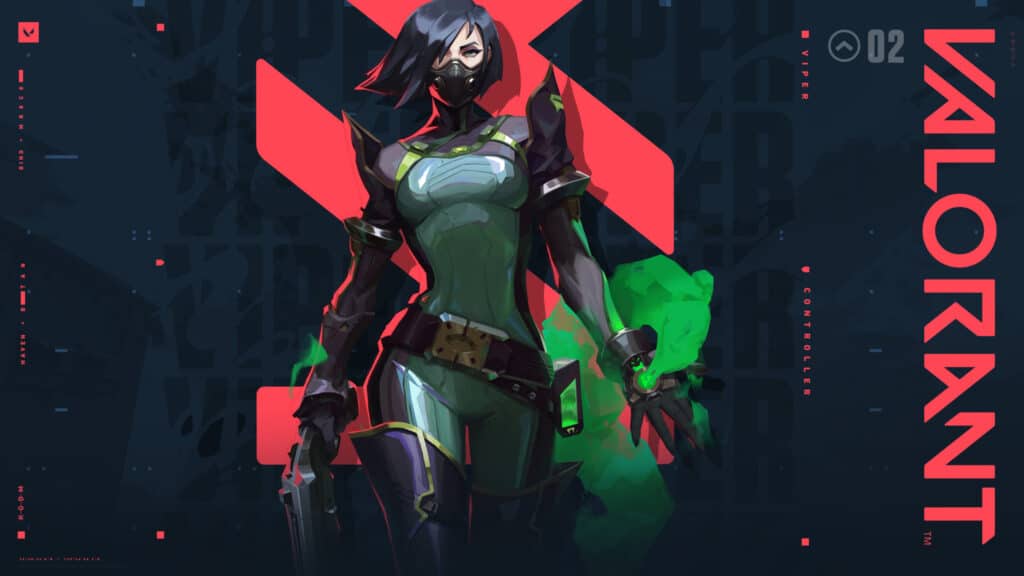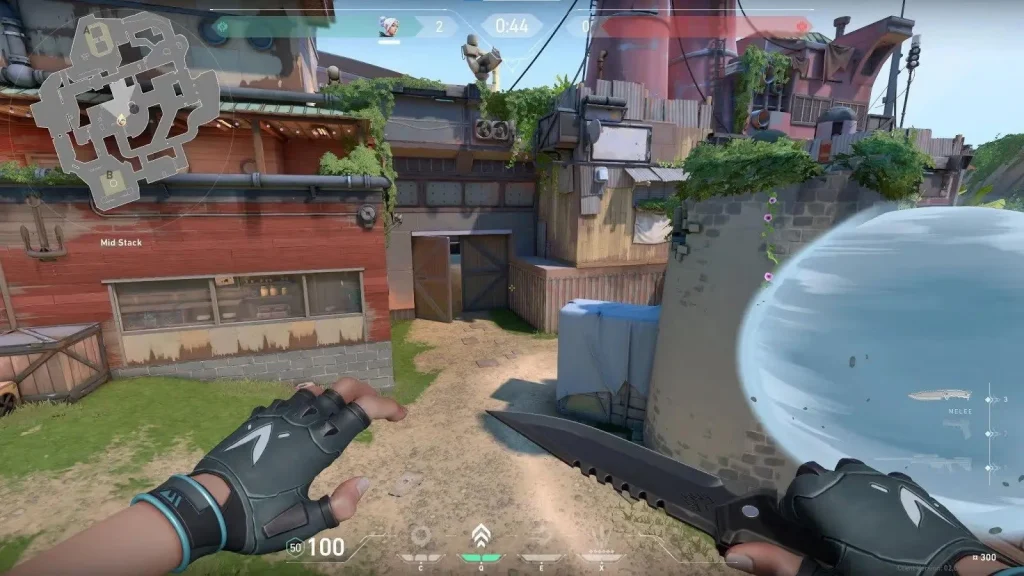Map design is a crucial element of any tactical shooter, and Valorant, for the most part, gets it right. Almost every map in the Riot Games FPS title feels unique, compact, and packed with bold new features like zipways, teleporters, and rotating doors. Not only does this force Valorant players to think creatively and constantly come up with new strats, but it also adds layers of strategic depth to the game and heightens the overall skill ceiling.
However, not every map in Valorant has managed to hit the mark. Breeze and Pearl, in particular, stand out, not for their innovation, but for how their wide, open layouts play a part in disrupting the core fundamentals of the game itself.
While it can’t be denied that large maps like these can provide new tactical possibilities and a fresh change of pace from Valorant’s usual tight-knit layouts, they also expose the structural weakness in its game design. Whether it’s through over-reliance on specific agents or a noticeable lack of close-range engagements and utility-based play, these maps often highlight just how fragile the balance between innovation and competitive integrity can be.
In this article, we’ll take a detailed look at why wide-open maps often struggle to make their mark in Valorant, how they impact and restrict team composition, and what Riot might learn moving forward.
What Makes Breeze and Pearl “Wide-Open”?

Before we take a look at why huge maps like these can be a threat to Valorant’s identity, we first have to try and understand what makes maps like Breeze and Pearl “wide-open.”
In most tactical shooters, maps are generally categorized by tight corridors, layered chokepoints, and certain areas of control that promote calculated play and utility usage. Valorant embraces this approach in maps like Ascent, Split, and Bind, all of which follow this formula with innovative additions like teleporters and mechanical doors on top of that.
Breeze and Pearl, on the other hand, deviate sharply from the norm. Featuring long sightlines, gigantic mid areas, minimal cover, and a heavy reliance on smokes to deny enemies space, these maps shift the gameplay away from utility-driven engagements and toward long-range aim duels where mechanical skills primarily reign supreme.
The past few years have seen Riot Games attempting to fix the Breeze problem by tweaking the map layout multiple times and trimming down the open spaces, but these changes haven’t been nearly enough to keep the map from falling into this category.
The Problem of Space

While large, open spaces in tactical FPS maps can have their own merits, in a game like Valorant, their flaws might far outweigh the benefits.
In the congested genre of competitive shooters, Valorant has established its identity through its utility-driven gameplay. However, in open maps like Breeze or Pearl, the rounds often come down to which team is better at taking long-range gunfights. Additionally, snipers like the Operator, Outlaw, or even the Marshal gain disproportionate value, turning most engagements into one-shot duels where utility takes a backseat.
Alongside the power shift toward long-range weapons, certain Agents like Jett, Chamber, and Yoru, who can hold aggressive off-angles with the Operator and quickly escape after securing a pick, also come to prominence in these maps.
There are also other issues like long rotation times for both the Ts and the CTs, alongside an over-reliance on Sentinels like Killjoy and Cypher to hold down flanks. Overall, open-space maps either slow the pace of rounds to a crawl or force teams into brute-force entries, both of which leave a sour taste in the mouth for players and viewers alike.
Same Controllers, Every Time

Whether you’re playing an average pub game or watching the pros compete in the big stages, chances are you’ll be seeing the same few Controllers picked in every game of Breeze or Pearl, sometimes with slight variations. This is because open maps with large spaces like these two absolutely require teams to pick wall smokes like Viper’s “Toxic Screen” or Harbor’s “High Tide.”
Not only does this limit your team comps and room for creative play, but it also renders traditional dome smokes and Agents like Brimstone or Clove almost completely useless in these maps unless they’re being played as the team’s secondary Controller.
For the same reason, in most cases, double Controller comps become a necessity in these maps because of the overwhelming number of angles that need to be cleared otherwise, thereby limiting your overall team’s flexibility in addition to your Agent picks.
As a result, pro play on Breeze and Pearl has become predictably repetitive in Agent picks, and even in the overall playstyle. That’s a tough look for a game like Valorant, where creativity should be rewarded, not punished.
The Player Experience

Due to the issues we mentioned above, casual players can often feel disengaged from these wide-open maps, and they are generally the most hated maps in the community.
Not only do these maps lack clear engagement zones, especially in the case of Breeze, but the fights often feel random or unfair due to the absence of well-defined angles and sufficient cover. Long-range duels dominate the experience in these maps, heavily favoring sniper rifles and Agents like Jett or Chamber, who can both capitalize on those weapons and escape safely after a pick. On the other hand, close-range guns like the Bucky and Judge are rendered nearly useless unless you’re holding a very specific area as a Defender.
For many players, this creates a frustrating, one-dimensional experience that goes against the core appeal of Valorant’s utility-driven combat.
Due to their low popularity, both Breeze and Pearl have found themselves removed from Valorant’s competitive map rotation. Player frustration with wide-open map design might also explain why Breeze had to undergo multiple reworks before being added back to the competitive pool after its initial removal.
Lessons Riot Can Learn

As has been proven time and again, wide-open maps are far from ideal for a tactical shooter like Valorant. Riot seems to be taking note of this as well, as evidenced by the multiple reworks that Breeze has undergone over the past few years. With the Breeze reworks, the mid-section has become significantly less open, the A Site now features better cover, and the map overall has become much more Defender-friendly.
This is certainly a step in the right direction, showing that Riot can balance openness with structure. By introducing more verticality, covers, and clearly defined chokepoints, the devs have shown that even the wide-open maps can be reshaped into something more fitting to the genre and enjoyable at the same time.
Lotus and Sunset, both of which are relatively newer additions compared to Breeze and Pearl, are also fairly large maps, but at the same time, they serve as much better examples of well-balanced open design. Both of these maps blend the open areas with tight corridors, clear entry points, and lots of cover for players to fall back on, making room for more versatile gameplay across all skill levels.
Verdict
Breeze and Pearl deviated from the regular Valorant gameplay by placing more emphasis on long-range, making certain Agents more viable than others, and encouraging a new form of playstyle that relies less on utility and more on raw, mechanical skill. These wide-open maps were a bold experiment from Riot to try and stretch the boundaries of what a tactical shooter like Valorant could look like.
Unfortunately, these maps didn’t resonate well enough with the game’s community, as they disrupted the core identity of what Valorant was supposed to be — a utility-driven shooter. The large, open sightlines, limited cover, and an overreliance on wall smokes like Viper and Harbor have narrowed team compositions and frustrated casual and hardcore players alike.
Open maps in Valorant aren’t inherently flawed, but they require an entirely different set of design principles that don’t sacrifice agent diversity or tactical play.
As Riot continues to tweak and rework its map pool, there’s still plenty of space, both figuratively and literally, to get it right. The answer isn’t to avoid big maps entirely, but to build them smarter.












Leave a Reply